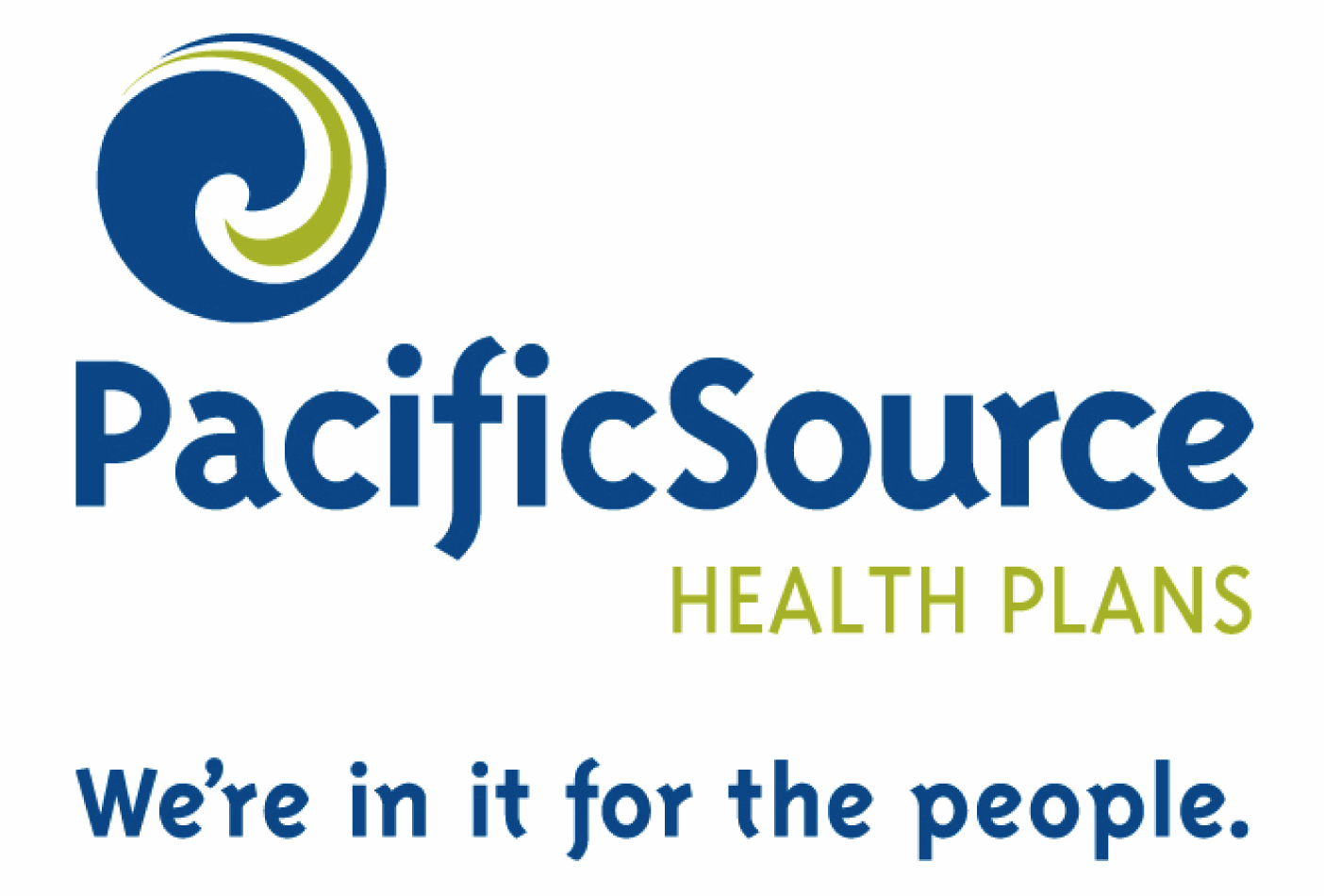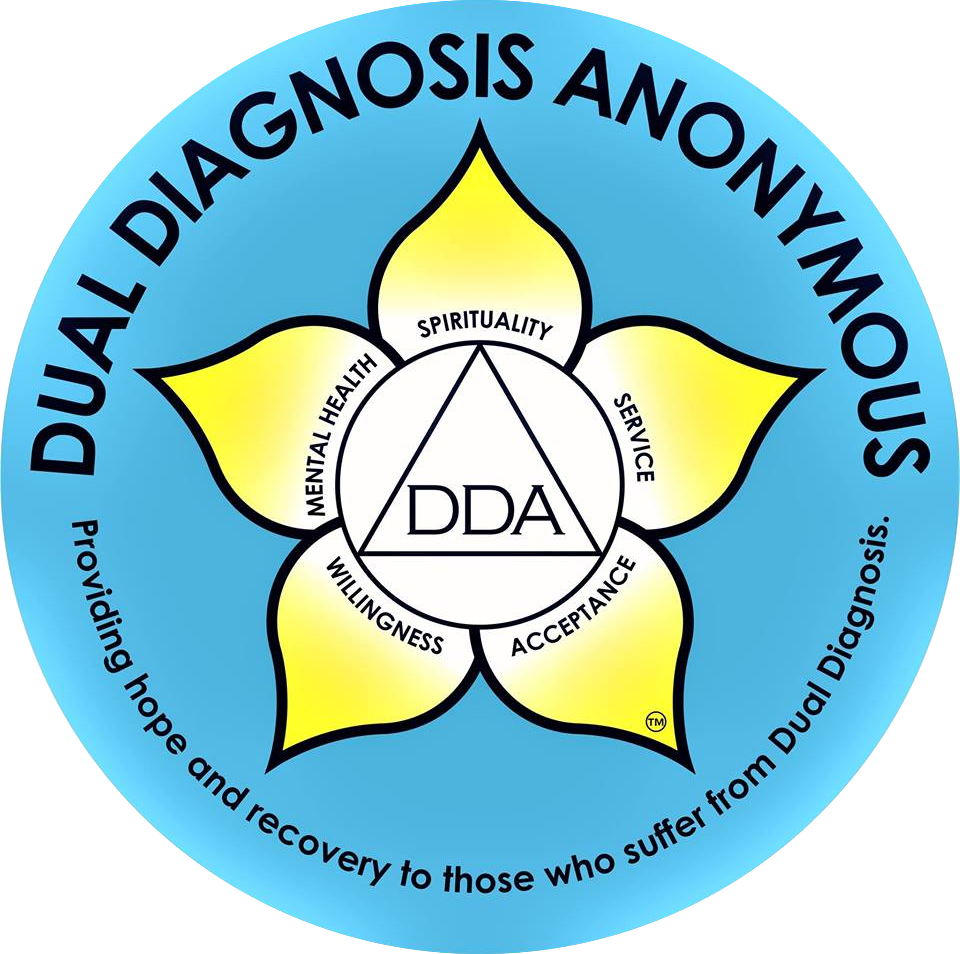Today, powerful and unprecedented forces are driving the U.S. health care system. These undeniable demographic, economic and technological forces have put enormous pressure on the way medicine has been practiced over the last 50 years and have disrupted traditional relationships between physicians and patients, between physicians, hospitals and other health care providers. The structure of our current system cannot sustain these pressures; it cannot survive. The only question is what will replace it.
Meeting this challenge requires three steps. The first step involves laying the foundation for reform. To start, we need to agree upon a set of clear system objectives; then we need an accurate diagnosis of the problem – of why the current system is not achieving those objectives; and finally, we need a description of the key design elements necessary to achieve objectives. This first step is foundational – without it we cannot bring about the transformational change that is required. Unfortunately, this key step has been bypassed by the mainstream debate over health care in America today.
The second step involves managing the transition. This requires not just regulation but intentionally engaging the economic market; particularly entrepreneurial capitalism – to create an enterprise that can profit by promoting wellness, prevention and reducing avoidable acute care. We must also deal up front with the economics of the transition period by openly exploring how the various stakeholders would need to change their business plans to profit within the context of the new design elements.
The third step involves creating on-the-ground test sites – for example, think about a hospital system with an affiliated physician group that decides it wants to transform itself along the lines of the key design elements that were outlined in my last blog post. Because of the deep structural flaws in the current system, this effort will inevitably run into a variety of statutory, regulatory, and structural barriers that will prevent it from moving from an idea to implementation. Exposing these barriers is critical because it highlights the tension between the current system and the new model, therefore providing a clear avenue through which we can seek specific legislative relief.
Perhaps the biggest obstacle we face is our failure to recognize that we are trapped in our current health care system together – and for good reason. Because it was created by our parents and grandparents with the best of intentions; because it has served us well in the past and has made our lives much better in many ways; and because it is familiar to us – and it is human nature to cling to the familiar in the face of the unknown. We have a mentality that sees our current health care system like a mountain: it has always been here and always will be. If we move to a wider view we reveal that this “mountain” was created after the Second World War and can be re-aligned today.
To move forward we must strive to agree on a shared vision of a sustainable system – with the full recognition that we can only get there together – not by labeling people, not by running over people, not by leaving people behind – but by focusing our energy and our creativity on how, together, we can make this transition work for all of us, not just some of us.
Leadership starts with us. Albert Einstein once said, “We can’t solve today’s problems by using the same kind of thinking we used when we created them.” That is true. But I think that Edward Abbey – the late Western novelist – put it more succinctly, if not as eloquently when he said: “Society is like a stew. If you don’t stir it up you get a lot of scum on the top.”
Our job, it seems to me, is to stir it up – to accept the fact that the responsibility to bring about the reform we are gathered here to discuss does not belong to someone else … it belongs to us. This is something we can do and something we must do, if not for ourselves, then for our children, and our grandchildren. They will inherit the system we leave them, and we must decide if it will be the last century’s system that our parents and grandparents created – and which, by doing nothing, we are perpetuating – or a redesigned system that meets the needs of the 21st century.
The idea is not to convince one another which candidate has the better plan. It’s to make sure that whoever gets elected on November 4th understands the true nature of the crisis before us and what is needed to move toward sustainable reform of the US health care system.
Best Wishes,
John










Recent Comments